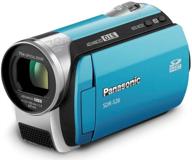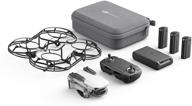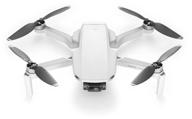
Review on 🖥️ Eyoyo S801C: Compact 8 Inch HDMI BNC VGA Monitor with 1024x768 4:3 Display and Powerbank Support by Allan Lambert

Eyoyo S801C 8 " TFT Color LCD Monitor for Raspberry Pi 3B running Ubuntu-Mate-18.04.2
For some reason I didn't update my original review after purchasing my Eyoyo S801C 8th Gen Inch 4:3 Small Video Monitor LCD Color Screen 1024 x 768 VGA BNC AV HDMI Ypbpr input for PC CCTV Home Security (support power bank 5V input) works properly with my Raspberry Pi 3B running Ubuntu-Mate 16.04 but last night (September 1st 2019), after several iterations, I set up my micro SD card so that this screen now runs Stellarium on Ubuntu-Mate-18.04.2 (ubuntu-mate-18.04.2-beta1-desktop-armhf +raspi-ext4). During this process, I noticed that the two steps I listed in my original review turned out to be useless. If you're using Ubuntu-Mate-18.04.2, forget about commenting out the fram ebuffer settings as per steps 3 and 4 of my original review. In the config.txt file, change lines 198, 300, 350, 355, 360, and 365 by removing the # sign, which comments them out, and change them to: hdmi_group=2hdmi_mode=16overscan_left=20overscan_right= 5overscan_top=20overscan_bottom =20 and the bottom menu bars so that they are centered and do not automatically extend beyond the edges of the screen. I believe that the above lines of code can simply be added at the very end of the config.txt file. I hope this helps someone get more enjoyment out of their Raspberry Pi 3B. have viewing angles that seemed better than most competing products. Viewing angles are great! The monitor was carefully packaged with a tiny extra 'gift'. The box also included a power adapter (US 110 AC to 12V DC adapter), a stand mount, an HDMI cable (57" long), a VGA cable (51" long), and a USB Cable (38 inch). The USB cable is designed to connect a monitor on one end (Type C) and a standard USB connector on the other. I connected an HDMI cable to my Raspberry Pi 3 B. It worked right away, but the image was shrunk horizontally (appeared flattened on the sides and needed to be stretched). Finally, my 7th attempt to modify the config.txt file to fix the problem was successful. I made the following changes: 1) Uncomment overscan_left and change to overscan_left=52) Uncomment overscan_right and change to overscan_right=53) Uncomment framebuffer_width=12804) Uncomment framebuffer_height=7204) Save changes.5) Reload.6) From " Settings", Select "Raspberry Pi Configuration". Select Permission. Set the resolution to DMT 16 1024X768 60HZ 4:3. The system must be rebooted to set this. I tried setting framebuffer to 1024 and 768 in config.txt but couldn't get it to work. I can't wait for the real Linux gurus to come up with their elegant and concise solutions. Due to the lack of instructions on how to deal with the image expansion, I only give the monitor 4 stars. The instructions above are for Raspbian. I haven't properly stretched the image on Ubuntu yet. The display has a diagonal of 8 inches. The monitor is 7.75 inches long, just under 6.5 inches high and 1 3/8 inches thick (not including the stand). rear speakers. The speakers aren't audiophile quality, but I think they're ok. The last of my photos are two of my favorite YouTube artists featured on the monitor.
- Not cheap but decent
- Nothing
New products
Comments (0)
Top products in 🎥 Video
Another interesting products
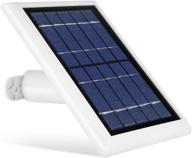
🔋 Wasserstein Solar Panel for Ring Spotlight Cam Battery, Ring Stick Up Cam Battery & Reolink Argus Pro - Continuous Power Supply for Ring Surveillance Camera with 2W 5V Charging (1-Pack, White)

3 Review
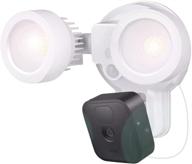
🔦 Wasserstein 3-in-1 Floodlight, Charger, and Mount for Blink Outdoor & Blink XT2/XT Camera - Transform Your Blink Camera with a High-Performance Floodlight (White) (Blink Camera NOT Included)

3 Review
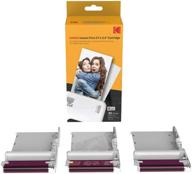
Kodak 4PASS Cartridge Ribbon Refill

3 Review
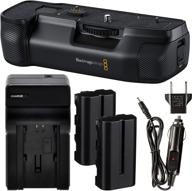
🔋 Battery Grip Bundle for Blackmagic Design Pocket Cinema Camera 6K Pro - Includes: 2X NP-F570 Seller Supplied Replacement Batteries, AC/DC Rapid Travel Charger with Extra Car Adapter

3 Review



